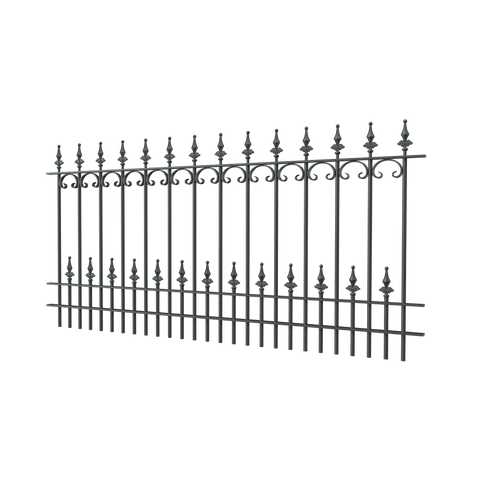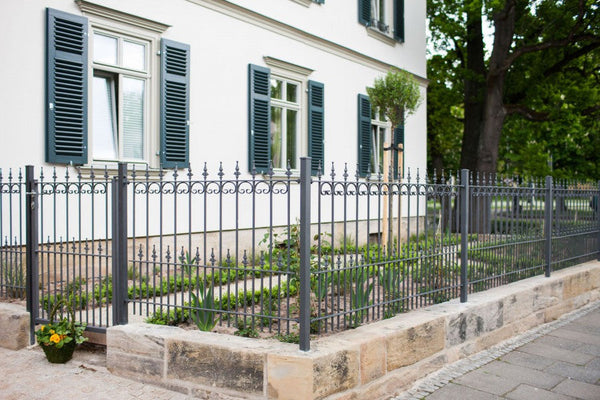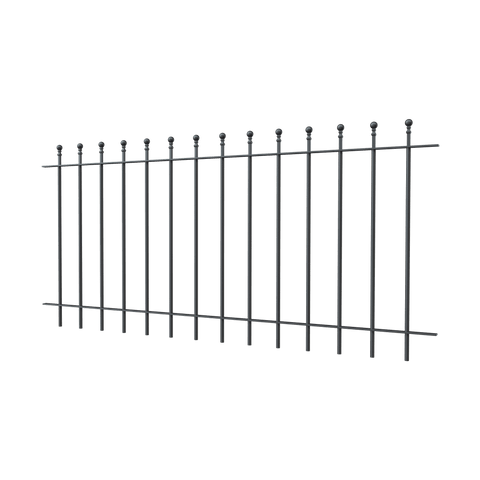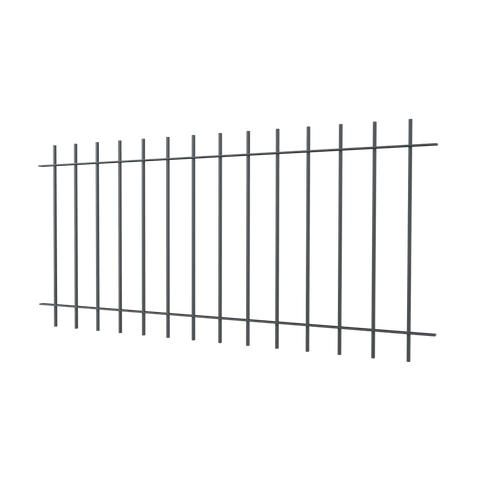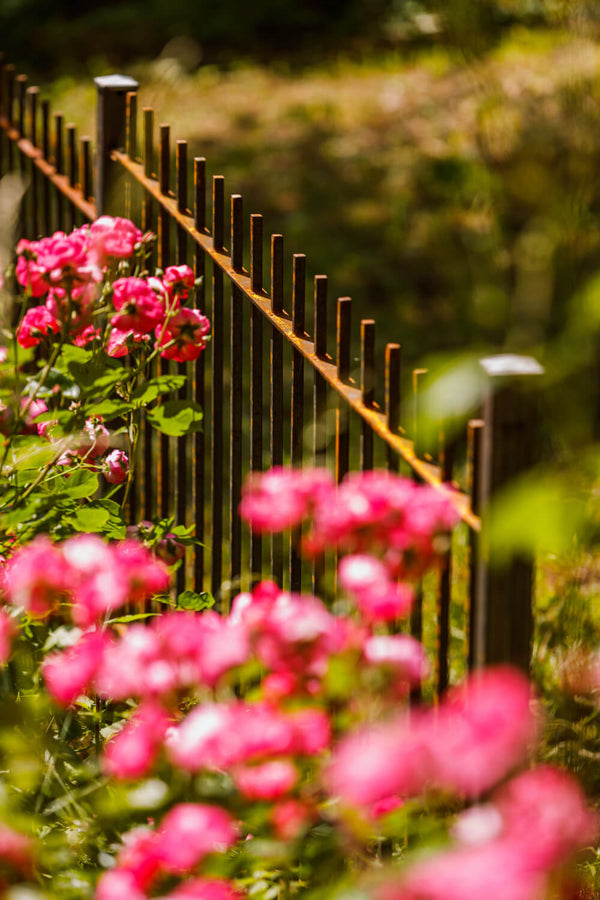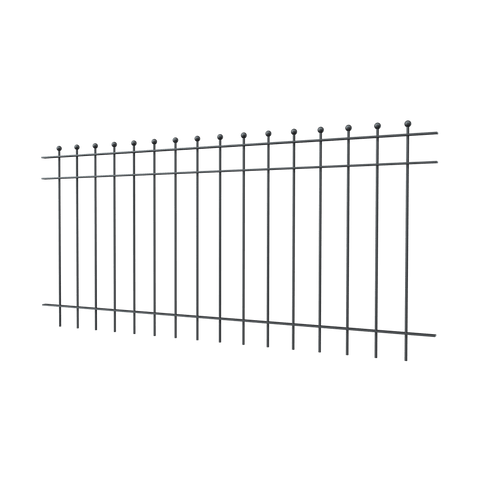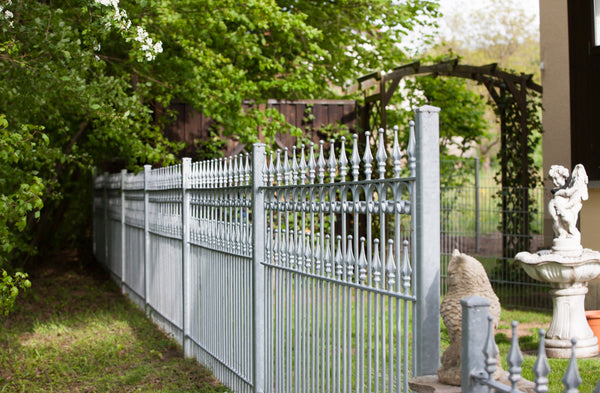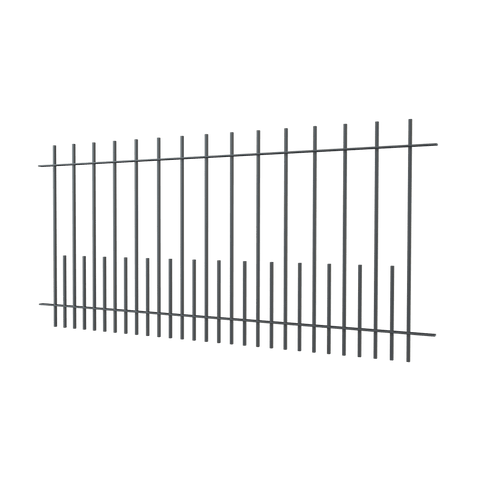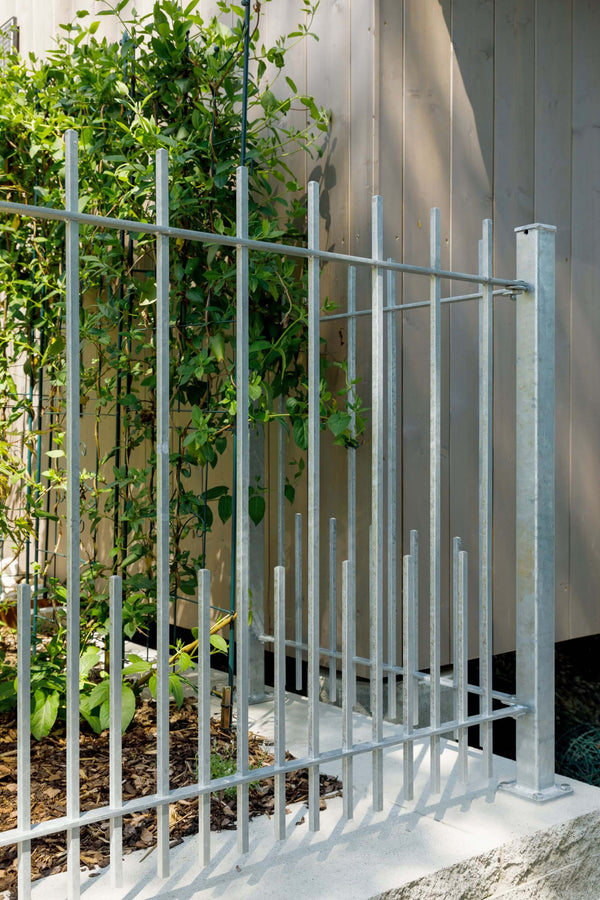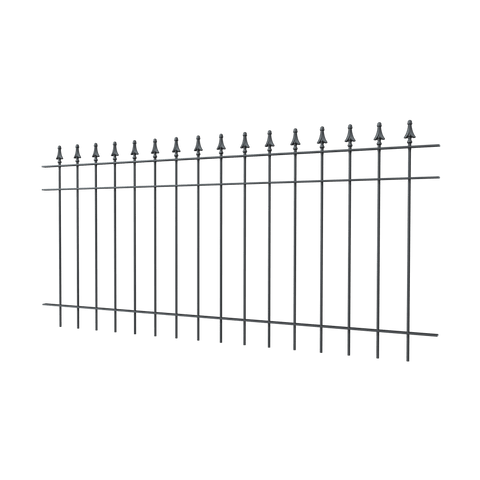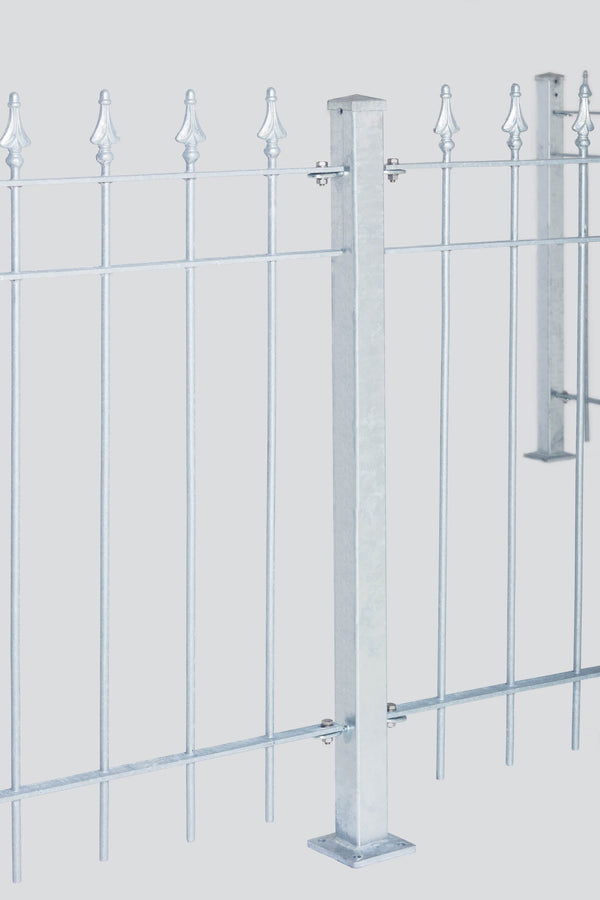Place lawn edge under the fence

Lawn edging under the fence – installed in 5 steps
A lawn edging under the garden fence primarily serves to make mowing easier. This is why it's often referred to as a mowing edge. Furthermore, a lawn edging clearly demarcates flowerbeds, paths, and the driveway, creating a tidy overall appearance. Installing a lawn edging under the fence is relatively easy – we'll show you how to install a mowing edge in 5 steps and explain what else you need to consider.
Is a lawn edge directly under the fence a good idea?
A lawn edge under the fence is a good idea to avoid the risk of cutting flowers and plants when mowing. It also allows for a simple and clean cut right up to the edge without having to trim individual blades.
How high should a mowing edge actually be?
There is no fixed height for the mowing edge or lawn edge. The height depends on the type of lawn and the type of mowing edge – lawn edging stones, plastic, aluminum, or wooden edges. Regardless of the height, the mowing edge should always be anchored deep enough in the ground to prevent tipping or slipping.
Put up the fence first or create the lawn edge?
It's easier if you put up the lawn edge first and then put up your fence. The lawn edging stones provide a good guide as to how deep the fence posts need to be inserted into the ground. If your garden fence is already up and you want to add a lawn edge later, this is no problem either.

Our metal fences
Law edging with concrete, sand, or soil?
Concrete lawn edging is advantageous when the subsoil is loose and the mowing edge needs to be very stable – for example, because the lawn edge borders a driveway or is intended to compensate for a slope in the garden.
Sand and soil, on the other hand, are sufficient if you want to create a lawn edge for aesthetic reasons or if it only needs to withstand minimal stress, such as a lawnmower.

What alternatives are there to curbs?
A lawn edge is traditionally created with curbs such as paving stones or natural stones. However, there are also alternatives if you don't want to use stones:
|
Metal or PVC |
Weather-resistant and modern in appearance. |
|
Wood |
Rustic look; fits well in natural gardens. However, the wood should definitely be treated to protect it from moisture. |
|
Gravel |
Cost-effective, weather-resistant, and ensures a neat appearance. |
How to create a lawn edge – in 5 steps
You can create a lawn edge and install lawn edging stones in 5 steps. In our instructions, we create the lawn edge with concrete and curbstones.
Step 1: Stretch the guideline
The beginning of every garden project is planning. Consider whether the lawn edge under the fence should be straight or curved – this depends on your fence system.
Stretch a guideline from one end of the planned edge to the other. You can secure the ends with stakes or stakes. Use a spirit level and a folding rule to check that the guideline is in line. The height of the line determines the height of the curbstones, or rather, how high the curbstones will ultimately protrude from the ground.
Step 2: Mark the Lawn Edge
Now you can grab your spade. Mark the lawn edge along the guideline and dig a trench. This trench should be slightly wider than the final curbstones. The depth depends on how stable you want the lawn edge to be. For example: For high load-bearing capacity, a depth of 50 cm is recommended. Otherwise, around 20 to 30 cm is sufficient.
Step 3: Pour the Foundation
A concrete foundation provides the necessary stability. To do this, mix the appropriate amount of concrete (follow the instructions on the packaging) and pour it into the trench. The fill volume should be high enough so that the lawn edging stones are flush with the guideline. Caution: Concrete hardens very quickly. Therefore, work as quickly as possible.

Step 4: Placing the lawn edging stones
Once the concrete has been poured, you can place the lawn edging stones. Place the stones as close together as possible. Then tap them firmly with a rubber mallet until the desired height is reached. Once all stones are correctly positioned, allow the concrete to dry completely.
Step 5: Fill with Soil
Once the concrete has fully hardened, the final, optional step follows: If there are any small gaps between the lawn edge and the curbstones, you can simply fill them with soil. The lawn edge under your fence is complete!

Reading tip: We have explained how to set and secure posts in another blog article.
Artikel teilen



